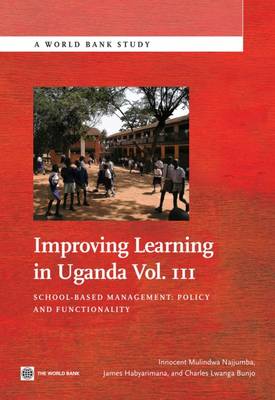Disaster risk management is essential in the fight against poverty. Disasters can, in an instant, wipe out decades of hard-fought poverty reduction and development gains and push countless households into poverty. Disasters disproportionately affect the poor: Vulnerable and marginalised groups, including women, children, the elderly, and people with disabilities, are at particular risk.
East Asia and the Pacific is the most disaster-stricken region in the world, suffering from both small recurrent and rare high-impact events. East Asia is rapidly urbanising, and cities are becoming disaster hotspots. Unplanned or poorly planned urbanisation, which puts more people and assets in harm's way, is the single largest driver of disaster risk. There is much uncertainty about future disaster and climate risks, challenging the region's ability to adapt to new developments and the changing physical and natural environment.
Decision makers can make a significant difference by effectively managing disaster risk and building resilience. Strong, Safe, and Resilient: A Strategic Policy Guide for Disaster Risk Management in East Asia and the Pacific helps them to identify the key challenges, best practices, and priorities in the short, medium, and long term. With communication, preparedness, and investments, urbanisation can be channeled as a positive force for development. By decreasing disaster exposure and vulnerability through systematic assessments and communication of risks, better land-use planning, and many other practical measures, the impacts of natural hazards can be reduced significantly. At the same time, it is necessary to recognise that disaster risks cannot be entirely eliminated, and countries need to plan for failure by considering different scenarios, especially within complex systems and networks.
Preventive investments in risk reduction and emergency preparedness can be cost-effective and can greatly reduce the impact of natural hazards. By mainstreaming systematic risk assessments into relevant public investment planning processes, governments can prioritise actions based on informed decisions about the level of risk. Public investments, such as early-warning systems and retrofitting of critical infrastructure at risk, planned and implemented together with communities and stakeholders, including the private sector, can help to reduce poverty and promote sustainable economic growth.
Strong, Safe, and Resilient: A Strategic Policy Guide for Disaster Risk Management in East Asia and the Pacific presents a comprehensive disaster risk management framework that offers practical opportunities for targeted policy action and investments, stretching across sectors and jurisdictions and reaching all the way to communities at risk and the most vulnerable populations. The World Bank supports countries around the world in developing a comprehensive and integrated approach to disaster risk management by providing analytical and advisory services, helping to build climate and disaster resilience into core investments across sectors, and offering unique financial solutions to better manage the contingent fiscal risks from disasters.
- ISBN13 9780821398470
- Publish Date 10 April 2013 (first published 30 March 2013)
- Publish Status Active
- Publish Country US
- Imprint World Bank Publications
- Format Paperback
- Pages 130
- Language English
